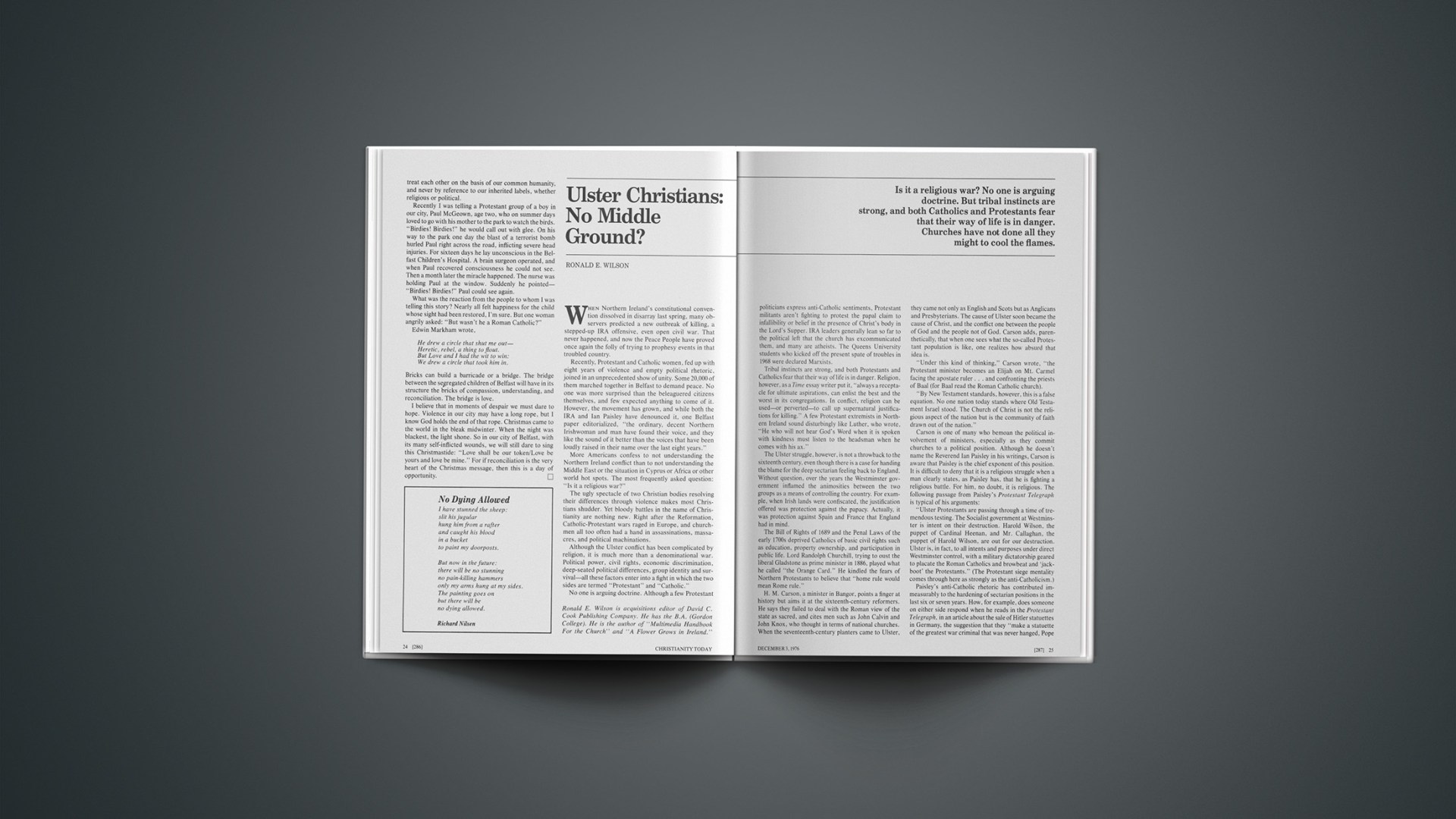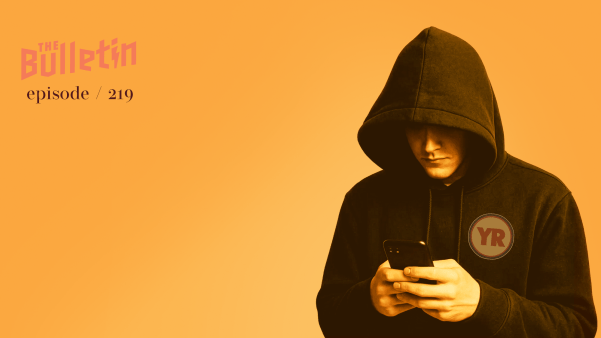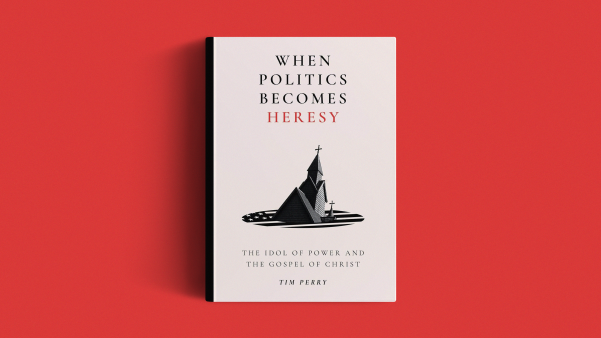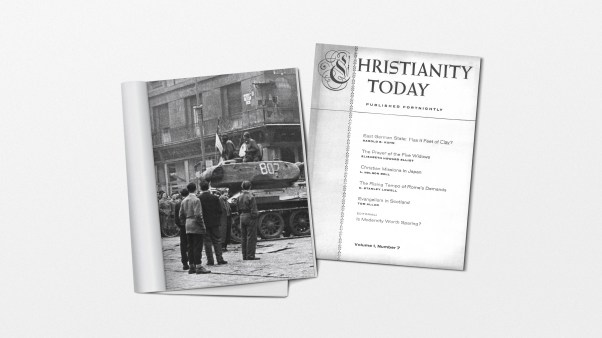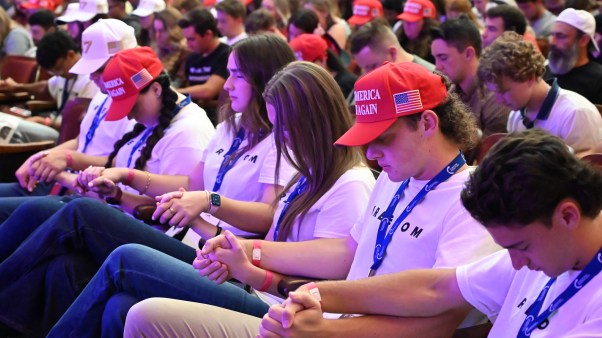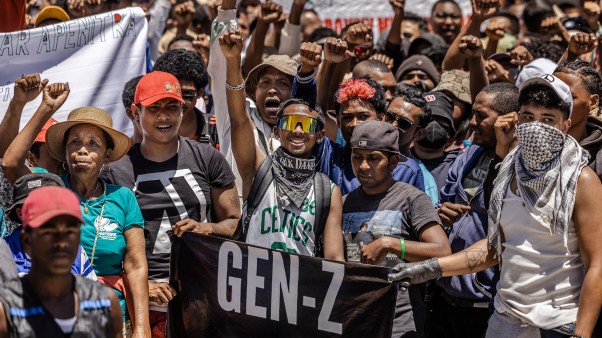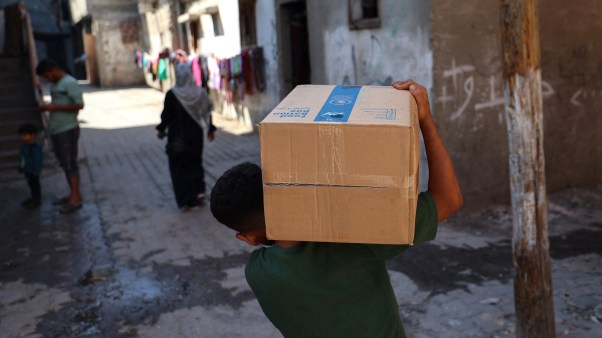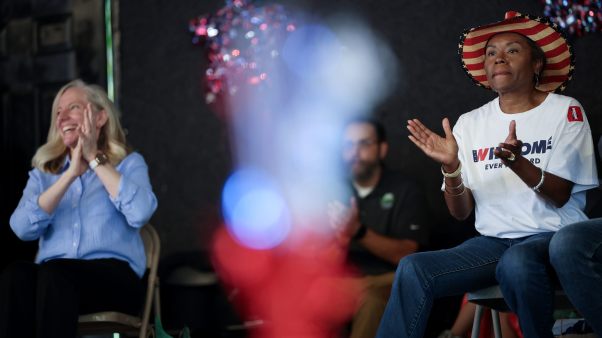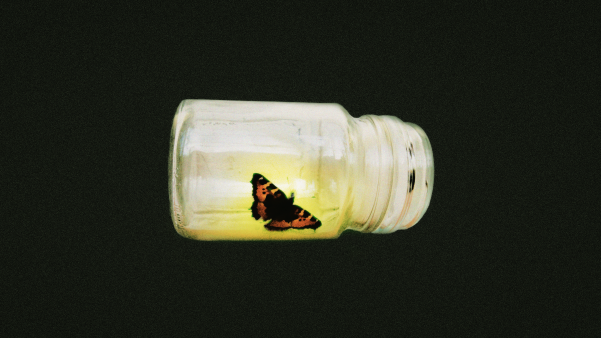One morning, near Bethlehem, after the Six Day I War, I watched tiny Arab children going to school. Like so many little black mice they scurried along the roadside. Israeli soldiers, without speaking a word, stopped them and pointed to their schoolbags. A week earlier a bomb had exploded in the Supersol (shopping center) in Jerusalem, and schoolchildren were suspected. So the soldiers were taking no chances. Silently the children opened their satchels. Inside each was a reading book in Arabic and a huge piece or two of bread for the midday meal. The soldiers looked, then waved the children on.
Little did I imagine that soon afterwards soldiers would be searching children’s schoolbags for bombs and bullets in my own city of Belfast. A death toll of more than 1,600 people in Northern Ireland may seem insignificant compared to those killed in Indonesia or Viet Nam. But the equivalent number in the population of the United States would be 220,000 people in six years of civil strife.
The world’s press speaks of “the children of hate.” This is no exaggeration. I have seen teen-age boys in militant Protestant areas of our city with tattoo marks on their arms and on their schoolbags the initials “K.A.I.”—“Kill All Irishmen” (meaning the republicans who wish for a united Ireland). I have seen children of different religions spit at each other on the street. They are let out of their schools at different times of day to prevent encounters, and they are taken home by buses. They are born apart, they live apart, they pray apart, they work apart.
Many children in our city are conditioned during their formative years to hate the other side. For the children of Ulster are gone into captivity—a terrible captivity that involves their hearts and minds.
This past summer a pregnant woman was wounded by a gunman’s bullet and rushed to a hospital. When the doctors delivered her child they found the baby girl had a bullet in her back. Even an unborn child cannot escape the violence of our society.
The Ulster community is a place in which two traditions meet—the Irish Catholic and the British Protestant. Labeling the two sides “Catholic” and “Protestant” is a convenience because the religious division parallels the political and ethnic division in the country. The religious traditions have also been synonymous with political views. In fact, there have been two nations, with two different cultures and two sets of values. Protestants and Catholics have been brought up to believe in different versions of a joint history, to admire different heroes, to sing different national songs, even to play different games.
So the one million Protestants have looked to Britain for their social and cultural links, while the half million Catholics have looked to Dublin and have had historic and cultural links with the Republic. Catholicism has remained identified with Irish nationalism, and Protestantism has remained the prisoner of unionism (union with Britain).
The history of Ireland has conspired to support a near identity of our political and religious communities. Indeed, many church leaders and members find it difficult to make a clean distinction between loyalty to their faith and loyalty to a particular political viewpoint. For all practical purposes the Roman Catholic Church is politically committed to a united Ireland, while the Protestant Church believes, in general, in the Protestant supremacy in Northern Ireland. In each case, divine approval is claimed for territorial and political aspirations.
A recent report shows that 1,500 Roman Catholics have been forced to leave one area alone, to the north of our city, because of intimidation. Homes in this district have been systematically raided; the windows of the local Roman Catholic school have been smashed and the school’s population reduced by a quarter.
This intimidation works both ways. Protestant families in predominantly Catholic areas have also had to pack their belongings and leave. A letter reached me from a family telling of the birth of their new baby. On the very day mother and baby arrived home, warning shots were fired as the father entered the house. The shots meant “get out.” That Wednesday the family with their week-old baby moved across the city to a safe area.
Today mixed neighborhoods, where both groups used to live together in reasonable harmony, have been split through intimidation—stones through windows, warnings through letterboxes. One by one, families have moved out. Both sides have retreated into defensive positions. This segregation in housing is building a barricade for the years ahead. It may prove to be a more formidable barricade than any barbed wire set up by British soldiers, and higher than any pile of hijacked trucks.
Another lamentable barrier is segregation in education. Many Protestant children have never come nearer than a stone’s throw to Roman Catholics. Protestant children are educated at the state schools. The Catholic Church chooses to keep its educational autonomy, and 98 per cent of Roman Catholic children attend their own schools. Protestant and Catholic young people get an opportunity to mix only at age eighteen, when some go to university. But this includes only a small proportion of them.
I am convinced that the integration of children from their early years would be the most important single factor in breaking down community barriers and in restoring peace. I feel that as long as school segregation continues, community strife will keep recurring. Ancient suspicions and prejudices persist unchecked among the children. A new generation is emerging to whom the abnormality of violence has become a normal way of life.
I believe that the first thing we have to do in Belfast is to treat each other on the basis of our common humanity, and never by reference to our inherited labels, whether religious or political.
Recently I was telling a Protestant group of a boy in our city, Paul McGeown, age two, who on summer days loved to go with his mother to the park to watch the birds. “Birdies! Birdies!” he would call out with glee. On his way to the park one day the blast of a terrorist bomb hurled Paul right across the road, inflicting severe head injuries. For sixteen days he lay unconscious in the Belfast Children’s Hospital. A brain surgeon operated, and when Paul recovered consciousness he could not see. Then a month later the miracle happened. The nurse was holding Paul at the window. Suddenly he pointed—“Birdies! Birdies!” Paul could see again.
What was the reaction from the people to whom I was telling this story? Nearly all felt happiness for the child whose sight had been restored, I’m sure. But one woman angrily asked: “But wasn’t he a Roman Catholic?”
Edwin Markham wrote,
He drew a circle that shut me out—
Heretic, rebel, a thing to flout.
But Love and I had the wit to win:
We drew a circle that took him in.
Bricks can build a barricade or a bridge. The bridge between the segregated children of Belfast will have in its structure the bricks of compassion, understanding, and reconciliation. The bridge is love.
I believe that in moments of despair we must dare to hope. Violence in our city may have a long rope, but I know God holds the end of that rope. Christmas came to the world in the bleak midwinter. When the night was blackest, the light shone. So in our city of Belfast, with its many self-inflicted wounds, we will still dare to sing this Christmastide: “Love shall be our token/Love be yours and love be mine.” For if reconciliation is the very heart of the Christmas message, then this is a day of opportunity.
Paul D. Steeves is assistant professor of history and director of Russian studies at Stetson University in Deland, Florida. He has the Ph.D. from the University of Kansas and specializes in modern Russian history.

